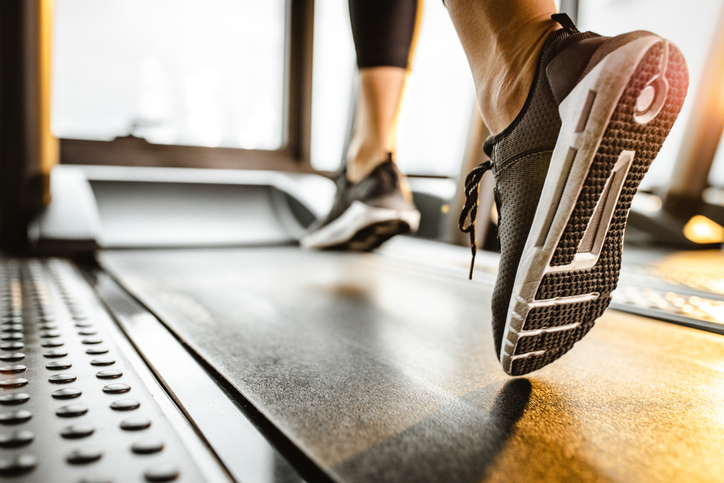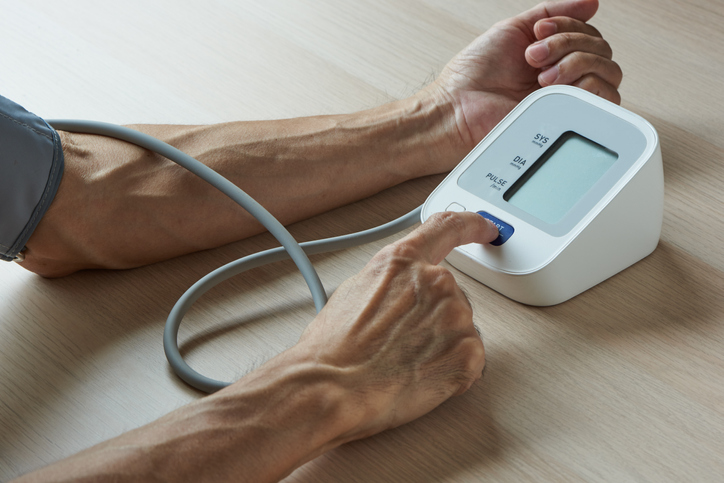Although hypertension is the most common and costly cardiovascular disease risk factor, it is highly preventable by positive changes in your lifestyle. Exercise is usually the initial lifestyle therapy recommended to prevent, treat, and control hypertension. Regular light exercise can make a difference to your blood pressure, and consequently prevent cardiovascular diseases. For hypertensive individuals, knowing how to exercise safely is crucial to prevent unnecessary complications.

The prescription of exercise as a management of a disease is usually based on the respective FITT formulation. FITT is an acronym that implies how often (Frequency), how hard (Intensity), how long (Time) and what kind (Type) of exercise should you comply. Generally, hypertensive individuals should be involved in moderate-intensity aerobic exercise or moderate-intensity dynamic resistance exercise. Aerobic exercise includes walking, jogging, running, stair climbing, cycling, and swimming. Dynamic resistance training is resistance exercise that involves joint movement. This includes functional bodyweight exercise or using equipment like machine weights, free weights, and resistance bands. Most professional committees/organizations recommend exercising on most, preferably all days, of the week at least 30 minutes per day. The American Heart Association recommended an average of 40 minutes of moderate- to vigorous-intensity aerobic activity 3 or 4 times per week to lower high blood pressure.

Whatever exercise you opt for, remember to start slowly and add up the intensity when you’ve raised your fitness level. If you are planning to join a gym class, start by attending a beginner’s level class. Always remember to warm up before you exercise to prevent injury and cool down afterwards. Build up the intensity of your workouts little by little.

Monitor your progress and take regular blood pressure readings using a home blood pressure monitor. This can help you determine whether your fitness regime is helping to reduce your hypertension or not. Monitor your blood pressure before exercising and at least one hour afterwards. Find out more about home blood pressure monitoring here.
Stop exercising if you experience any chest pain or tightness, dizziness, excessive fatigue, or severe shortness of breath. Seek medical help immediately if necessary. Make sure you consult your doctor before starting an exercise program, especially if you are not physically fit and active previously.
High blood pressure can be unpredictable, and even light-to-moderate exercise can cause an increase in blood pressure. Wearing a medical ID bracelet or informing your exercise partner on your condition can protect you in case something happens during a workout.
You should try to avoid any exercise that is very intensive for short periods of time, such as sprinting or weightlifting. These activities will raise your blood pressure rapidly, and place an unwanted strain on your heart and blood vessels. Other activities that you should avoid include squash, skydiving and scuba diving unless you are a trained professional with well-controlled hypertension.
If you don’t have enough time to do a 30-minute exercise session per day, consider breaking it into 10-minute workout whenever you can. This would be better than accumulating your exercise regime into one session, as sudden bursts of activity could be risky to your health. It can also put you at risk of certain musculoskeletal injuries such as sprained ankle, wrist sprain or dislocation and muscle tear.
Linda S. Pescatello et al., ‘Exercise for Hypertension: A Prescription Update Integrating Existing Recommendations with Emerging Research’, Current Hypertension Reports 17, no. 11 (2015), https://doi.org/10.1007/s11906-015-0600-y
https://www.hopepaige.com/information/how-to-exercise-safely-with-high-blood-pressure
https://www.express.co.uk/life-style/health/927262/high-blood-pressure-symptoms-lower-exercise
https://www.webmd.com/fitness-exercise/guide/workout-injuries-prevention-and-treatment#1
|
Previous article Things to Look Out for in Better Weight Management |
Next article Exercising for Busy Professionals like Ourselves |